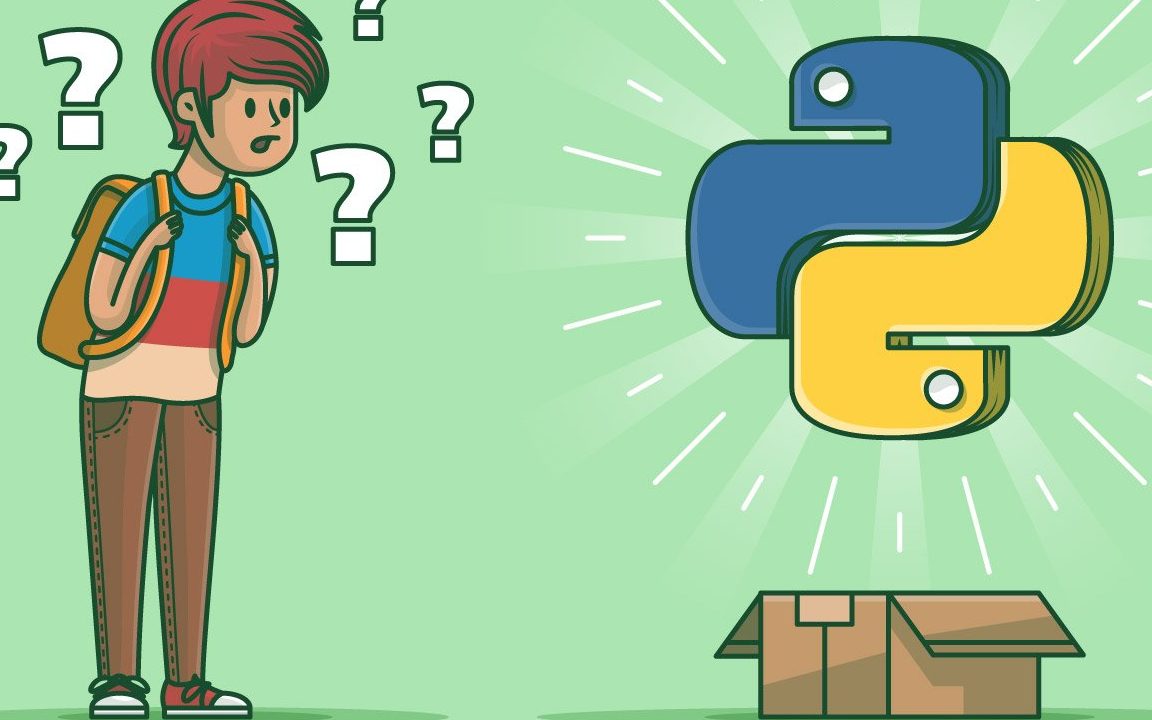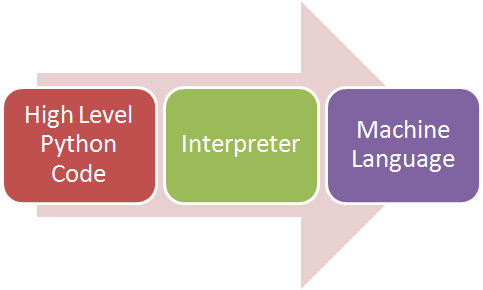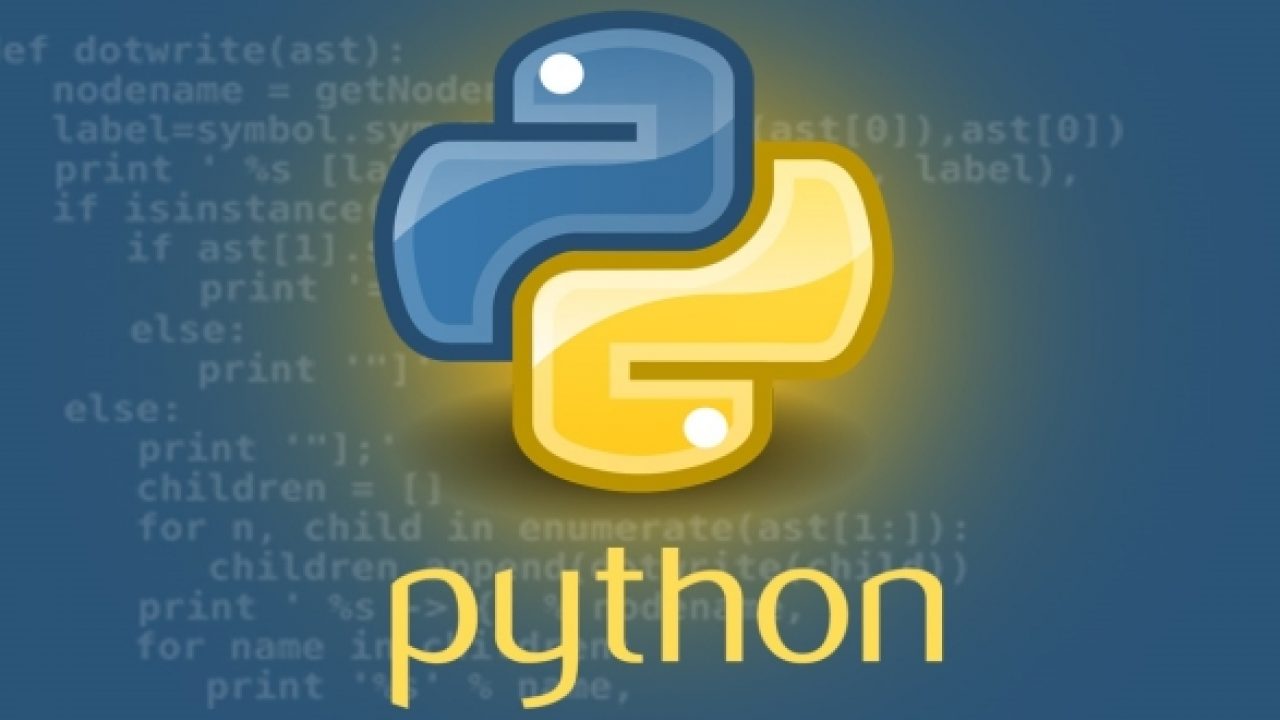
Python is an interpreted, object-oriented, high-level programming language with dynamic semantics. Its high-level built-in data structures, combined with dynamic typing and dynamic binding, make it very attractive for Rapid Application Development, as well as for use as a scripting or glue language to connect existing components together. Python’s simple, easy-to-learn syntax emphasizes readability and therefore reduces the cost of program maintenance. Python supports modules and packages, which encourages program modularity and code reuse.
The Python interpreter and the extensive standard library are available in source or binary form without charge for all major platforms and can be freely distributed.
Often, programmers fall in love with Python because of the increased productivity it provides. Since there is no compilation step, the edit-test-debug cycle is incredibly fast. Debugging Python programs is easy: a bug or bad input will never cause a segmentation fault. Instead, when the interpreter discovers an error, it raises an exception. When the program doesn’t catch the exception, the interpreter prints a stack trace.
A source-level debugger allows inspection of local and global variables, evaluation of arbitrary expressions, setting breakpoints, stepping through the code a line at a time, and so on. The debugger is written in Python itself, testifying Python’s introspective power.
On the other hand, often the quickest way to debug a program is to add a few print statements to the source: the fast edit-test-debug cycle makes this simple approach very effective.
Why Python?
- Python is the most popular language due to the fact that it’s easier to code and understand it.
- Python is an object-oriented programming language and can be used to write functional code too.
- It is a suitable language that bridges the gaps between business and developers.
- Subsequently, it takes less time to bring a Python program to market compared to other languages such as C#/Java.
- Additionally, there are a large number of python machine learning and analytical packages.
- A large number of communities and books are available to support Python developers.
- Nearly all types of applications, ranging from forecasting analytical to UI, can be implemented in Python.
- There is no need to declare variable types. Thus it is quicker to implement a Python application.
Why Not Python?
- Python is slower than C++, C#, Java. This is due to the lack of Just In Time optimisers in Python.
- Python syntactical white-space constraint makes it slightly difficult to implement for new coders.
- Python does not offer advanced statistical features as R does.
- Python is not suitable for low-level systems and hardware interaction.
How Does Python Work?
This image illustrates how python runs on our machines:

The key here is the Interpreter that is responsible for translating high-level Python language to low-level machine language.
The way Python works is as follows:
- A Python virtual machine is created where the packages (libraries) are installed. Think of a virtual machine as a container.
- The python code is then written in .py files
- CPython compiles the Python code to bytecode. This bytecode is for the Python virtual machine.
This brings the end of this Blog. We really appreciate your time.
Hope you liked it.
Do visit our page www.zigya.com/blog for more informative blogs on Data Science
Keep Reading! Cheers!
Zigya Academy
BEING RELEVANT
